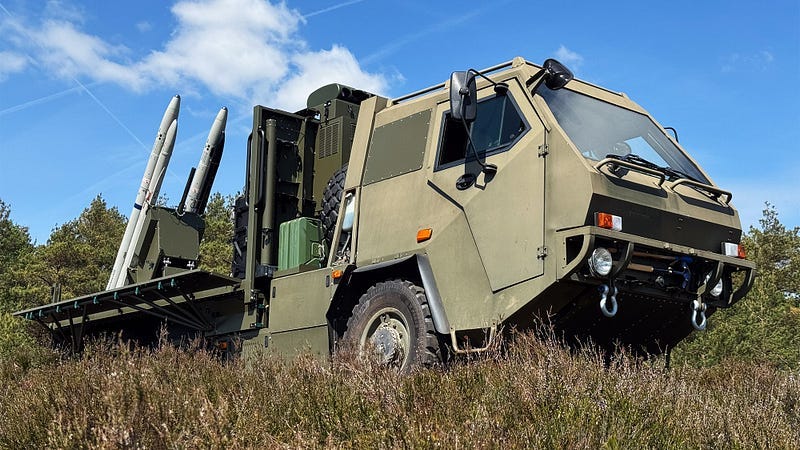Ukraine’s New Raven FrankenSAM is Yet Another SHORAD Stopgap.
Donated by the UK, this supersonic FrankenSAM is deadly.

Leave it to Ukraine to show us that duct tape and a good idea can still win the day. While the rest of the world obsesses over trillion-dollar F-47 stealth programs, Ukraine just strapped a…
Keep reading with a 7-day free trial
Subscribe to Eyes Only with Wes O'Donnell to keep reading this post and get 7 days of free access to the full post archives.


